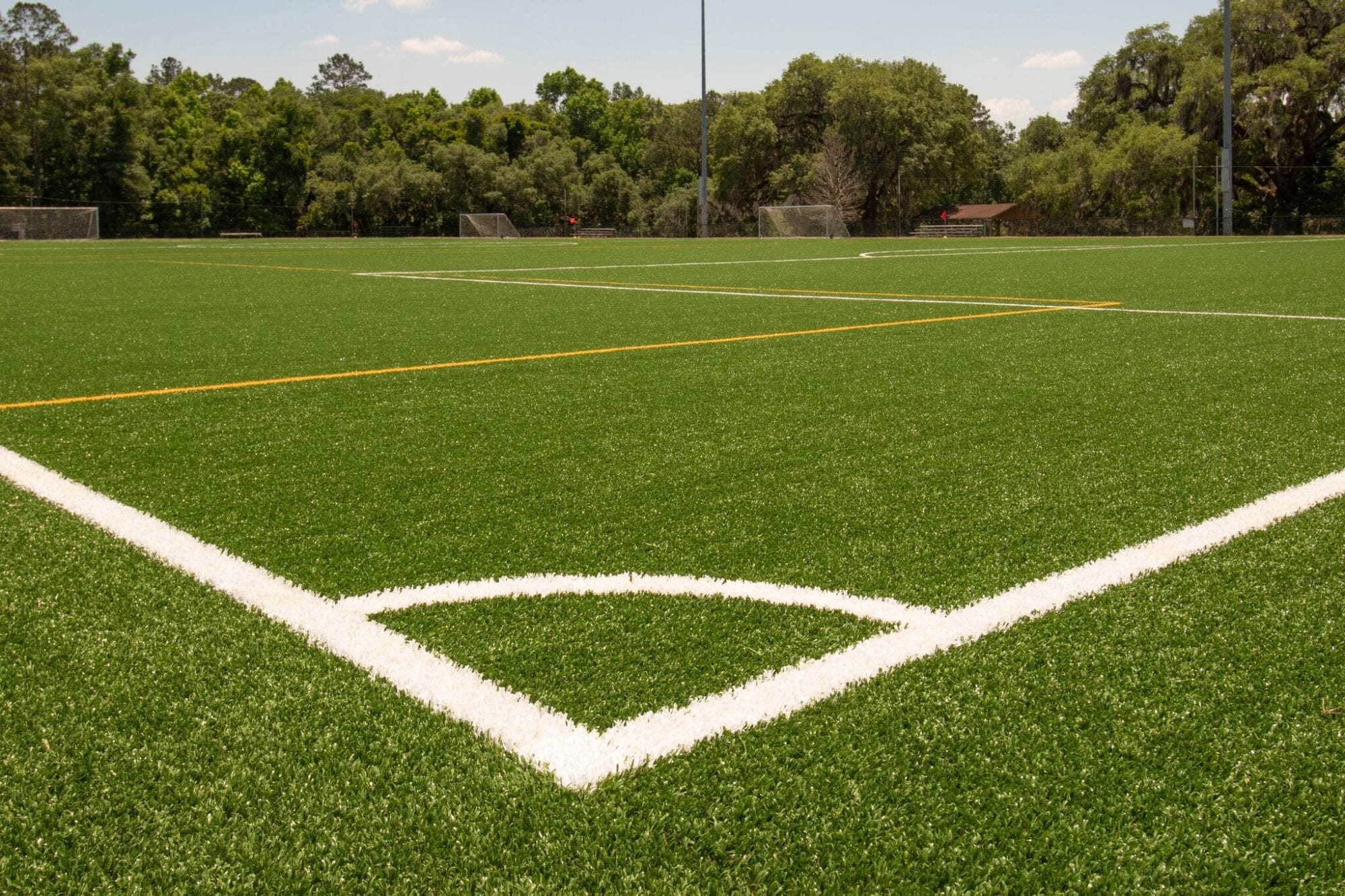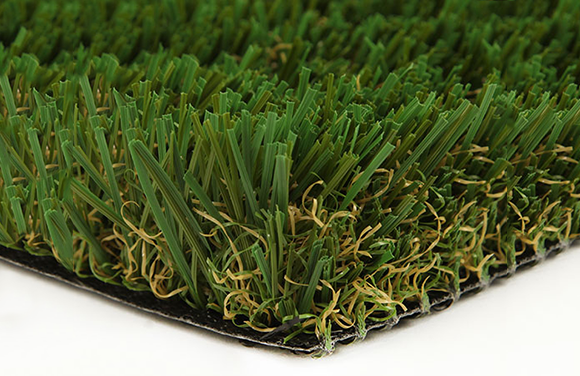Top-Grade Arizona Turf Options for a Attractive and Lush Landscape
Top-Grade Arizona Turf Options for a Attractive and Lush Landscape
Blog Article
Look Into the Environmental Advantages of Opting for Artificial Grass Solutions
The fostering of artificial turf remedies provides a compelling opportunity to resolve pushing ecological obstacles. By substantially decreasing water usage and lessening the application of hazardous chemicals, these alternatives not only advertise sustainable landscaping but also secure local ecological communities. Additionally, the reduced carbon impact related to reduced upkeep tasks adds to an extra sustainable method to land monitoring. However, the effects of these benefits extend beyond plain preservation initiatives, elevating questions concerning their long-lasting effect on habitat preservation and general ecological balance. Discovering these measurements exposes an intricate interaction worth taking into consideration.
Water Preservation Advantages
One of one of the most considerable advantages of synthetic grass is its capability to preserve water. Standard grass yards need considerable watering, especially in locations vulnerable to drought or water constraints. On the other hand, synthetic grass does not require watering, considerably lowering the overall demand for water sources. This feature is specifically useful in deserts where water scarcity is a pushing concern.
By getting rid of the requirement for routine watering, synthetic grass contributes to sustainable landscape practices and helps minimize the ecological influence of extreme water consumption. The preservation of water prolongs to the reduction of runoff, which can lead to soil disintegration and river contamination.
In addition, the installment of man-made grass allows districts and house owners to assign water resources extra effectively, concentrating on necessary uses such as alcohol consumption water and farming. The change towards fabricated lawn not just advertises responsible water use but likewise lines up with broader environmental goals focused on preserving natural deposits.
As neighborhoods progressively focus on sustainability, the water preservation benefits of synthetic grass provide an engaging case for its adoption in household and business landscape design projects.
Minimized Chemical Usage
The transition to synthetic grass considerably lowers the dependence on chemical therapies frequently utilized in all-natural grass maintenance. Conventional turf management generally entails the application of chemicals, plant foods, and herbicides to advertise development and control insects. These chemicals can pose dangers to human health and wellness, regional wildlife, and the environment, adding to dirt and water contamination.
In contrast, synthetic grass eliminates the requirement for these dangerous materials. When mounted, it needs marginal upkeep, mostly containing routine cleaning and infrequent infill replenishment. This decrease in chemical use not just profits the instant environment yet likewise contributes to more comprehensive eco-friendly security. By minimizing the release of artificial substances into the environment, synthetic grass advertises healthier soil and water supply.
In addition, the absence of chemical runoff related to synthetic lawn installations helps safeguard neighborhood rivers from air pollution, sustaining marine life and keeping biodiversity. Artificial turf companies phoenix. As areas progressively focus on sustainable practices, opting for synthetic grass provides a sensible service that aligns with ecological conservation objectives. With this shift, building proprietors can take pleasure in lavish green rooms without compromising ecological health, leading the way for an extra sustainable future
Reduced Carbon Impact

Moreover, the setup of read this post here synthetic turf can lead to significant water preservation. All-natural grass call for significant quantities of water for irrigation, which not only contributes to the carbon impact linked with water removal and therapy but also pressures local water sources. In comparison, synthetic grass needs very little upkeep, calling for no watering, thereby significantly lowering water usage and its connected power costs.
In addition, the longevity of synthetic grass contributes to its lower carbon impact. With a life-span of up to 15 years or more, the demand for frequent substitutes is lessened, causing less waste and lower energy consumption in manufacturing and dealing with standard turf options. On the whole, fabricated lawn offers a lasting alternative for environmentally conscious landscaping.
Habitat Conservation
Habitat preservation is a critical factor to consider in the debate over landscape design choices, particularly when contrasting synthetic grass to all-natural lawn. Natural grass lawns frequently call for considerable maintenance, consisting of the usage of pesticides, fertilizers, and herbicides, which can negatively influence neighborhood environments. These chemicals can leach into the soil and waterways, hurting native plants and fauna and interfering with local habitats.
In comparison, synthetic grass provides an opportunity to decrease the eco-friendly impact of landscaping. By going with artificial turf, home owners can decrease the disruption of natural environments linked with traditional grass care practices. Fabricated lawn gets rid of the demand for unsafe chemicals, therefore shielding close-by wildlife and maintaining the integrity of surrounding environments. Furthermore, the setup of synthetic grass can bring about the conversion of previous yard areas right into more biodiverse landscapes, such as pollinator gardens or indigenous plant areas, which can support neighborhood wildlife.
Inevitably, the transition to synthetic grass not just conserves water and minimizes maintenance efforts yet additionally promotes a much more unified relationship between human activities and the natural setting, advertising habitat conservation at the same time.
Long-Term Sustainability
Lasting sustainability is an essential consider examining the benefits of synthetic grass over typical turf lawns. One of one of the most significant advantages of fabricated lawn is its resilience; it can last as much as 15-20 years with minimal maintenance, whereas natural turf needs Read More Here regular reseeding and replacement. This durability lowers the need for constant sources, such as water, plant foods, and pesticides, which are crucial for keeping a healthy grass lawn.
Furthermore, these details synthetic grass adds to a decrease in carbon discharges connected with grass care devices. Standard yards typically need gas-powered mowers, leaners, and blowers, all of which contribute to air contamination. Phoenix turf companies. On the other hand, synthetic grass removes the demand for such tools, promoting a cleaner setting
Moreover, the production of synthetic grass significantly utilizes recycled products, boosting its sustainability account. As manufacturers adopt green techniques, the ecological impact of synthetic grass remains to reduce.

Final Thought
The adoption of man-made grass options provides significant environmental advantages, consisting of significant water preservation, decreased dependence on hazardous chemicals, and a reduced carbon footprint. Moreover, synthetic grass aids in protecting natural environments by decreasing land disturbance and advertising long-term sustainability via making use of long lasting products. Jointly, these elements highlight the capacity of artificial lawn to contribute positively to environmental wellness and provide a viable choice to traditional landscape design techniques in an increasingly resource-conscious world.
In comparison, artificial turf does not require watering, dramatically reducing the total need for water resources. By minimizing the launch of artificial substances into the community, artificial grass promotes healthier dirt and water systems.
Furthermore, the installation of artificial turf can result in considerable water preservation. In contrast, fabricated grass requires very little upkeep, calling for no watering, thereby dramatically lowering water usage and its associated energy costs.

Report this page